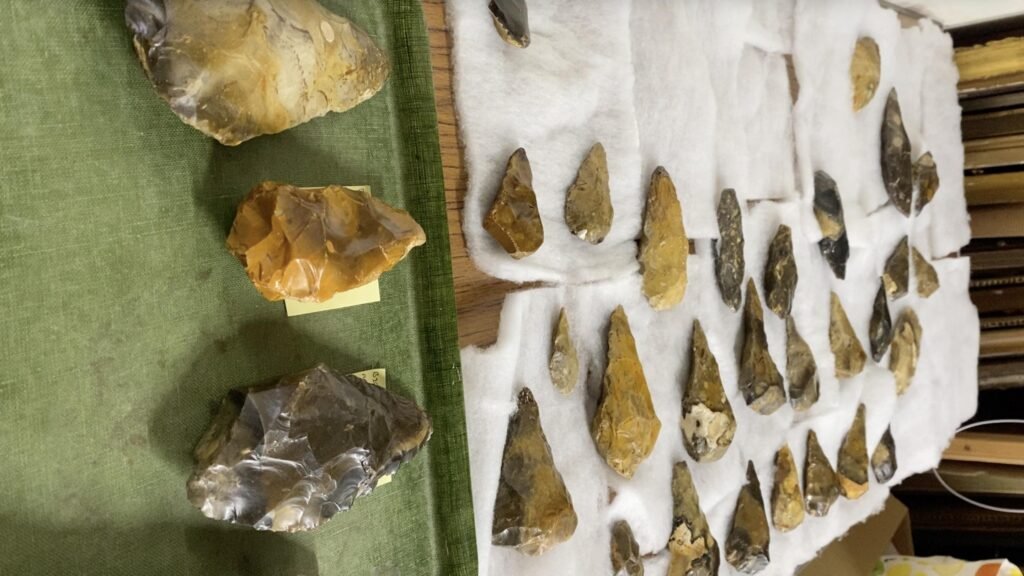Stone Age Tools Fetch £41,000 at UK Auction
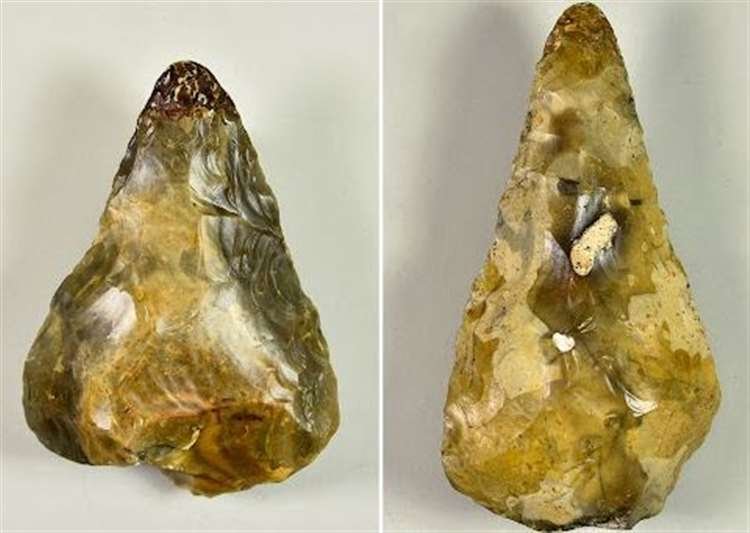
A fascinating set of Stone Age tools discovered along the Kent coast has sold for over £41,000 at auction.
The sale drew strong interest from history lovers and collectors. The tools include hand axes and early implements, believed to be around 400,000 years old. They were uncovered by amateur collector David Blake over a span of nearly 30 years.
Discovering Stone Age Tools on the Kent Coast
Between 1987 and 2013, David Blake explored the beaches and cliffs of Bishopstone, Reculver, and Herne Bay. Over time, he unearthed a remarkable set of 68 tools, including several rare and well-preserved examples of Acheulean hand axes. The careful documentation and condition of the pieces contributed significantly to their value at auction.
Star Lot: Rare Stone Hand Axe Sells for £3,000
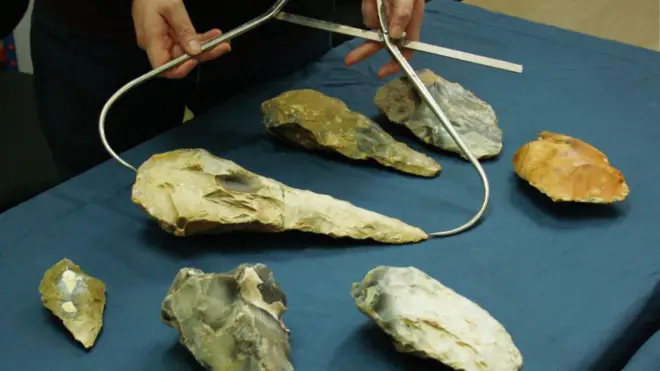
One standout item was a Wymer type D Acheulean grey hand axe. It exceeded expectations by selling for £3,000.
The tool’s unique shape and excellent preservation impressed bidders. It achieved one of the highest prices in the sale, highlighting its historical significance.
Auction Draws Bidders with Varied Interests
Held at The Canterbury Auction Galleries on August 1 and 2, the event drew strong participation from collectors. In addition to the Stone Age tools, other notable lots included a collection of Pokémon trading cards, which fetched over £10,000, and a rare Victorian feather-filled golf ball, both of which drew interest from niche audiences.
Stone Age Tools Offer a Link to Prehistoric Life
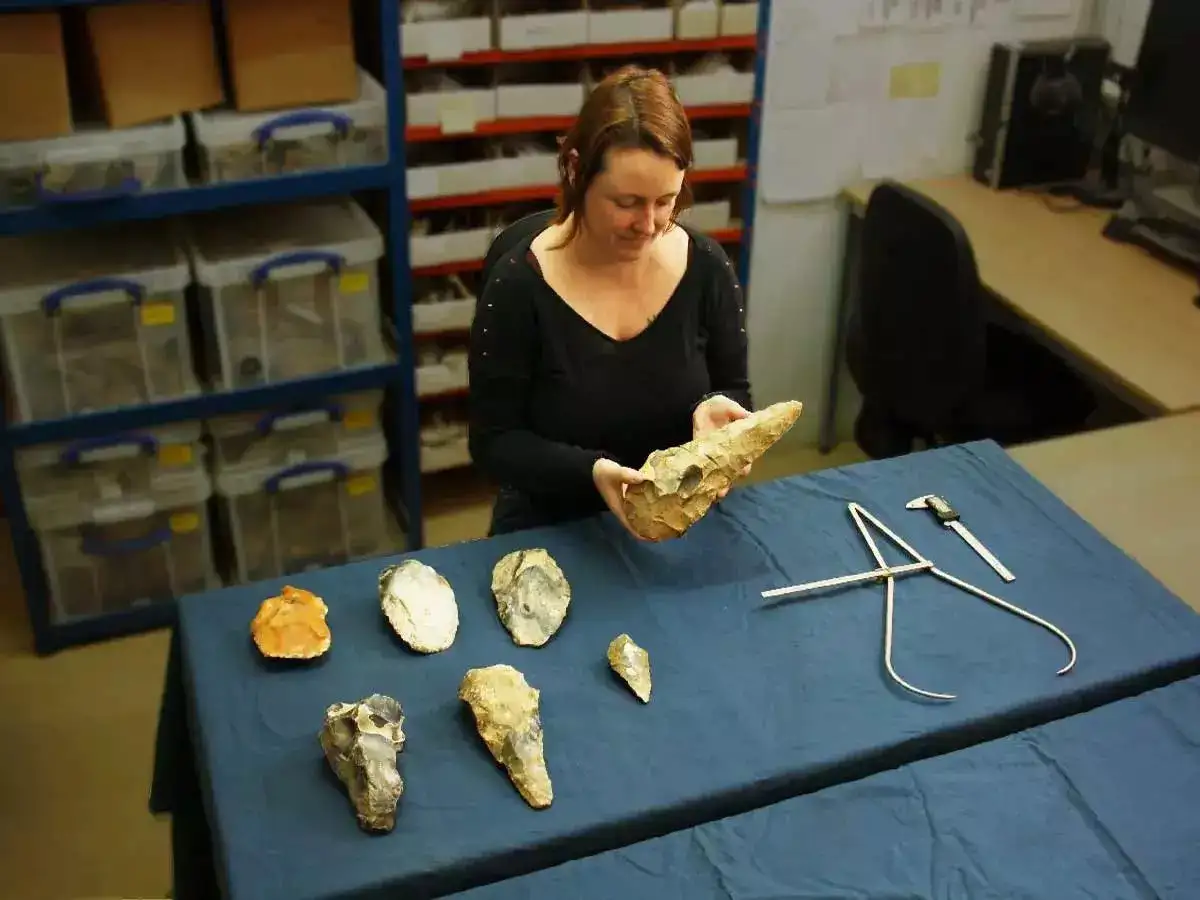
Experts highlight that tools like those sold in this auction offer a unique glimpse into prehistoric human behavior, craftsmanship, and survival. The Stone Age, which began roughly 2.5 million years ago and ended around 3000 BC, is defined by the use of stone for tools and weapons. Discoveries like Blake’s help archaeologists and historians better understand life in ancient Britain.
Collectors’ Interest in Early Human History Grows
As public fascination with early human history increases, auctions featuring paleolithic artefacts continue to rise in prominence. This particular sale not only emphasized the monetary value of historical items but also showcased how personal passion—like Blake’s dedication to his coastal searches—can contribute to broader archaeological awareness.
Summary
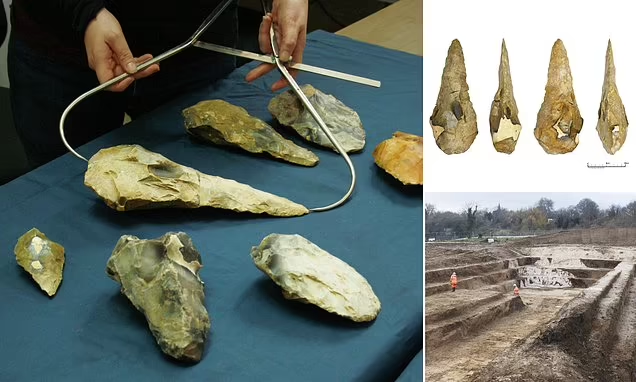
The successful sale of this Stone Age tool collection illustrates growing interest in tangible connections to our prehistoric past. From hand axes shaped by early humans to fossilized remains, such artefacts remain vital in piecing together the timeline of humanity’s development.
